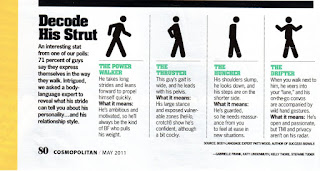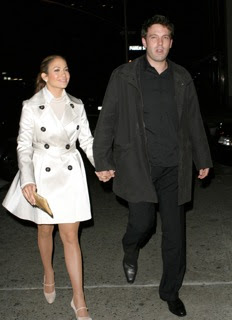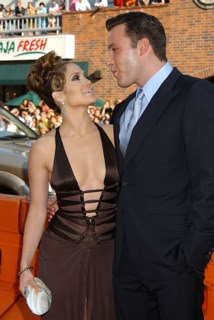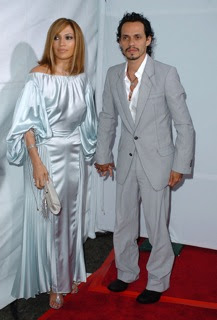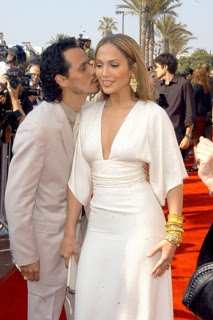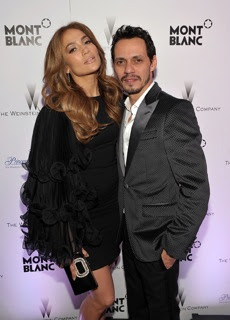Presentation Pitfall
Less PowerPoint can mean more pizzazz
Premium content from Atlanta Business Chronicle - by Tonya Layman, Contributing Writer
Date: Friday, June 3, 2011, 6:00am EDT
There probably isn’t an executive alive who can’t recall a painful experience sitting through a presentation where the presenter drones on and on about a subject they should care about, but simply can’t make themselves pay attention. The delivery is dry and the information is fact regurgitation. Presentations like that are not uncommon and most will agree they are a waste of time.
Communications experts agree presentations usually need to be slimmed down time-wise and boosted up energy-wise. Otherwise, the audience will spend their time catching up on e-mails on their iPhone and knocking each other over to get to the door at the conclusion.
Joey Asher, president of Atlanta-based communications skills coaching company Speechworks and author of the book “15 Minutes Including Q&A: A Plan to Save the World From Lousy Presentations,” said there are many things people can do to jazz up their presentations.
“People don’t like to listen for long,” Asher said. “Presentations don’t usually include much audience interaction. If they leave time for questions, they leave them until the very end. They also try to say too many things. They don’t include enough stories which people really like. Then to top it off, they are usually delivered with all the energy of a house plant. The overwhelming majority of business presentations stink. The presenter doesn’t consider the audience and consider what the audience really wants.”
Patti Wood, an international speaker, author and trainer based in Atlanta, agrees. Known for her expertise in body language, she is also an expert on presentation skills and sales presentations, making more than 100 per year.
“You have to have a clear purpose that outlines what the audience is going to take away from your presentation,” Wood said. “When you start you want to say, ‘Today I am going to talk about’ and then explain what the subject matter will be so the audience can expect to learn something. Then they will say to themselves ‘I am going to have to be active to receive this information’. Use the word ‘you’ often. Get rid of ‘I’ and ‘me’. Use phrases like ‘Here is something else for you.’ ”
Wood said the top tip for good presenting is connecting with the audience.
“That is what distinguishes an OK presentation with a phenomenal one. Afterward people will talk about it as an experience rather than a speech,” she said.
Experts agree slide-creating software like Microsoft Corp. ’s PowerPoint can be good tools to aid presentations but speakers shouldn’t treat slides as their focal point. Nobody wants “death by PowerPoint.” For an hourlong presentation, Asher suggests 10 to 20 slides maximum.
“The slides should complement the message that you’re delivering orally, but they should not contain the entire message,” said Cory Anderson, an associate with medical device venture capital firm Accuitive Medical Ventures , which has an office in Duluth.
Anderson hears, on average, 50 presentations a year from entrepreneurs seeking venture capital and often gives presentations to boards of directors and management. “Reading slides implies that the presenter is not familiar with the content of their presentation. It is a waste of time for the audience,” he said.
“Presenters have a natural tendency to use too many words on their slides, which distracts the audience as they try to read and listen at the same time. Pick the words on the slides carefully to help tie your message together,” Anderson said, adding the PowerPoint slides need to be visually interesting. “Bullets and the default PowerPoint templates may be the easiest way to build a presentation, but it is probably not the most effective way to communicate your message and keep your audience engaged.”
A presenter should never start or end with a slide and shouldn’t have the slide up as the audience enters the room, Wood said. Asher said in order to keep that connection alive, take questions throughout the presentation. Don’t save them until the end.
“The best thing to do to engage the audience is leave time for Q&A,” Asher said. “One reason people don’t build in much time for questions is they really don’t want the questions. They are afraid they will be asked something uncomfortable or that they won’t know the answer. You have to be prepared for the questions.”
There are a lot of things a presenter can do to make sure people ask questions.
“Tell them early on you want them to ask questions,” Asher said. “Stop periodically throughout to take questions. When someone does ask a question, don’t put them off. Take the question and answer it and show that you love the question. Don’t send out the signals you don’t want questions.”
Keeping the questions to the end of the session is a quick-fire way to ensure no one will ask a question because the audience won’t want to prolong the agony, he said.
“I also recommend show-and-tell,” Anderson said. “If you’re pitching a product, there is nothing more compelling than a hands-on presentation of the product —- when it works as expected. Coordinate the show-and-tell so that it does not distract the audience’s attention from the rest of your presentation.”
Delivery is also a key component to getting the audience’s attention.
“If you want me to buy into your ideas, you need to sound like you are passionate about those ideas,” Asher said. “You need to have high energy, make contact and look for that sense of connection. Use the same intensity as you would when talking with a good friend.”
Wood recalls helping a finance professional from Disney with his dry, unvaried delivery.
“I challenged him to think about the company and what it offers, to think about the information he wanted his audience to take away and to think of something that would get their attention.”
The next day when presentation time came, here came this guy wearing Mickey Mouse ears. The audience loved it.
“It was a small thing but it was a big thing. He smiled, began talking and next thing we knew he was running around the room and gesturing,” Wood said. “The magic in connecting with the audience makes you feel safer.”
Similarly, life stories can engage an audience.
Asher said one of the best presentations he has ever heard was given by Colin Powell.
“He told story after story after story about dealing with the Soviets and various world powers. The audience wanted insights on what it was like to live and work at the level he lived and worked at,” Asher said. “People don’t use analogies or life experiences enough and those really do engage an audience.”
Tips for engaging presentations
• Do your homework before presenting. One size does not fit all when it comes to presentations. Understand the audience’s perspective and tailor the presentation to their needs.
• Think about the culture and dress/present appropriately.
• Make sure the objectives of the presentation are clear. Align everyone from the first slide and stay on message through the presentation.
• Structure the presentation in a way that the message is delivered thoroughly and crisply. Think outside the box. Don’t feel constrained by bullets and templates. Be creative. Use stories to engage the audience.
• Sell it with high energy and make good eye contact and speak with passion.
• Support presentation with impactful visual aids that are simple and crisp. The message should be obvious without requiring a long oral description.
• Wrap up the presentation with something that the audience can remember you by.
• Plan for someone other than the presenter to take detailed notes and follow up on outstanding items quickly and completely.
Patti Wood, MA, Certified Speaking Professional - The Body Language Expert. For more body language insights go to her website at
http://pattiwood.net/. Also check out the body language quiz on her YouTube Channel at
http://youtube.com/user/bodylanguageexpert.


